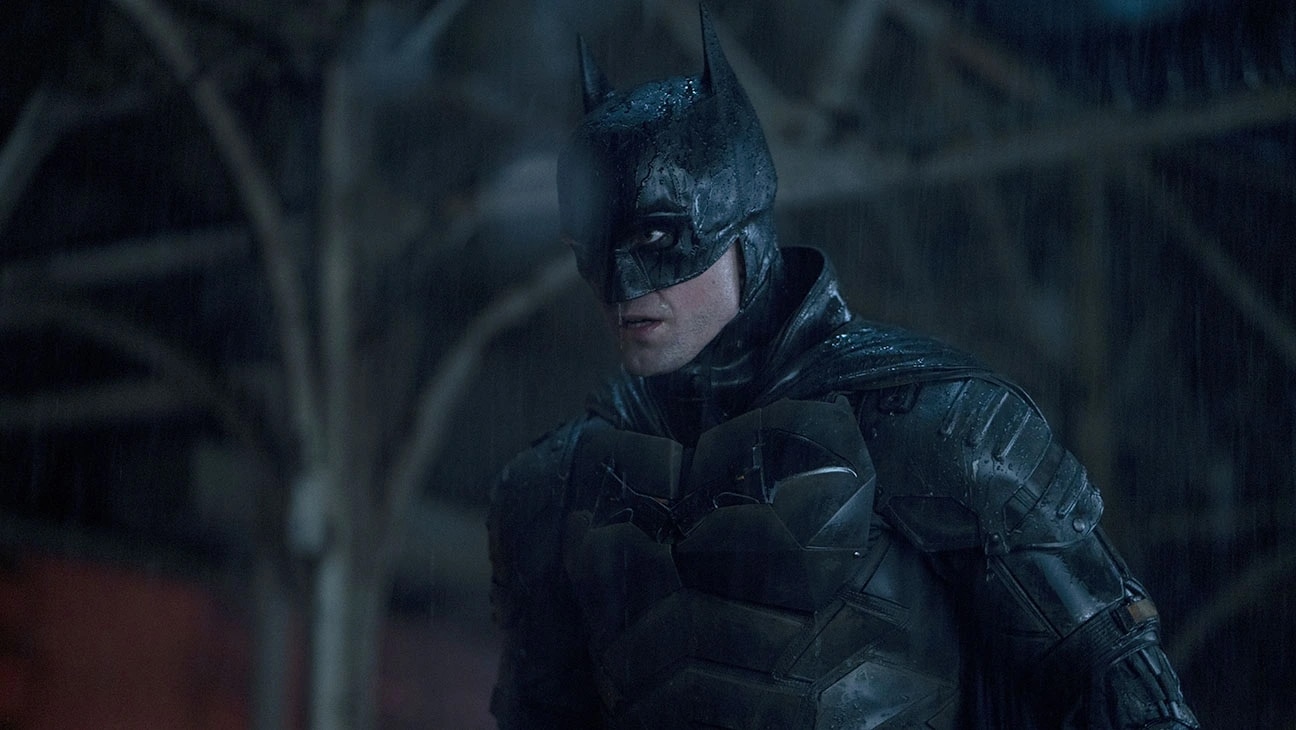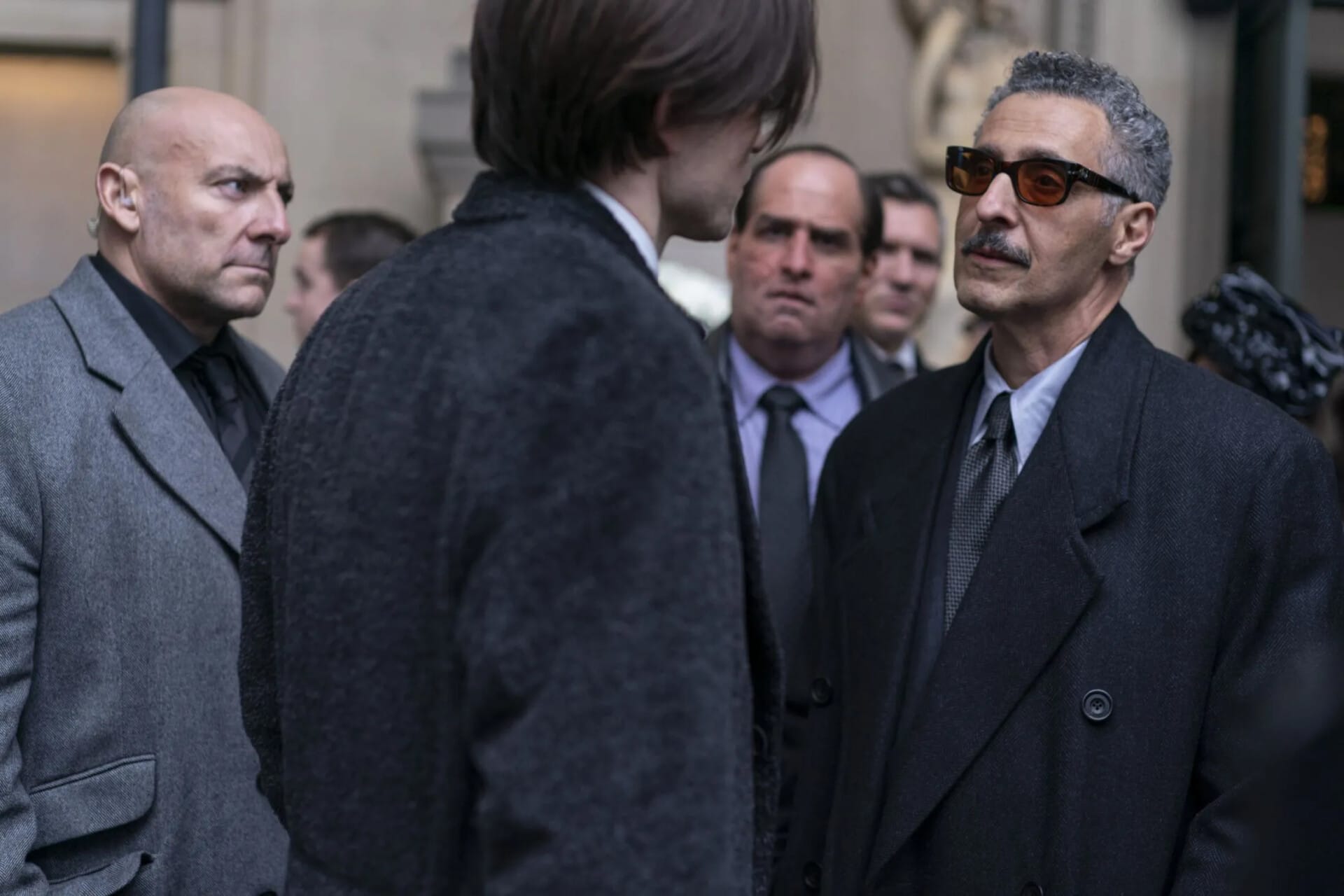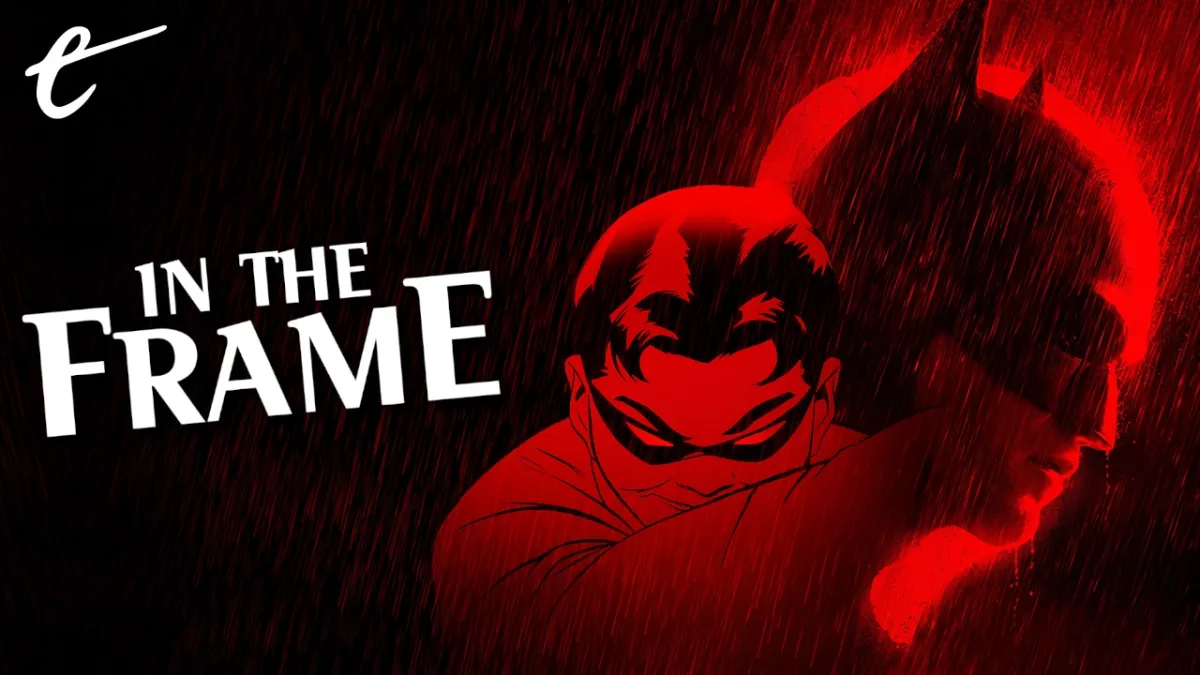This article contains some spoilers for Matt Reeves movie The Batman, though you can rest assured there is no Robin in the movie.
One of the more frustrating conversations to come out of the release of The Batman is the discussion over whether or not the anonymous son (Archie Barnes) of Mayor Don Mitchell Jr. (Rupert Penry-Jones) was going to become Robin.
There is no reason to assume that the child who lost his father would adopt the colorful crime-fighting identity alongside Batman (Robert Pattinson), beyond the simple fact that he was a young boy who appeared in a movie about Batman. Nevertheless, a significant amount of internet bandwidth has been eaten up with articles speculating on the possibility, to the point that co-writer and director Matt Reeves has had to explicitly state that the boy is not Robin.
To be fair, this obsession with continuity and lore is not surprising. So much of modern internet media discourse exists in a click-driven economy where the author’s primary goal is to generate a sensationalist headline that compels the reader to click, with no real incentive to hew closely to the facts. People are obsessively searching information about The Batman online, and the character of Robin is a major part of the lore. So putting Robin and The Batman in a headline generates clicks.
This is nothing new. Back in October 2006, fans on the message board SuperHeroHype speculated that another anonymous kid (Jack Gleeson) in another Batman franchise-launcher (Batman Begins) was being positioned as a future Robin. However, perhaps owing to changes in the online media landscape that have made websites more eager and aggressive for clicks, this kind of click-driven content has become more prevalent. It often seems like this is the default mode of engagement with media.

Fans are increasingly conditioned to process media in this way. It is part of the “content soup” era, where a piece of media is rarely intended to be processed as an object in itself, but instead fans are encouraged to engage with its place in a larger (often abstract) shared universe. Everything is treated as a trailer for something else, and fans are encouraged to pore over those trailers with all the feverish intensity of religious scholars hoping to discern some hidden divine revelation.
So much of modern pop culture, particularly involving existing intellectual property, is built around the idea of “that thing you like from that other thing you like,” reducing media consumption to nothing more than a game of Where’s Waldo? based around recognizable brands. Billion-dollar blockbusters like Spider-Man: No Way Home expend considerable effort to recreate internet memes, chasing the easy endorphin hit of the familiar.
The Batman is somewhat complicit in this. The film cleverly plays off audience familiarity to seed possibilities and to make allusions related to previous takes on the character. However, the film uses this to serve a point. Many of its implications are left deliberately dangling to unsettle the audience, and the film’s biggest cameo reportedly doesn’t exist to set up a sequel. However, the film is trying to have its cake and eat it. It will serve as a launching pad for a deluge of spin-offs.
To be fair, this sort of speculation is fun. It’s nice to discuss these questions on the walk home, to bounce them off friends offline, or even just to think about them to oneself. These intellectual properties are vast, they offer an almost infinite array of potential, and it is exciting to engage with that on a purely emotional and visceral level. It is cool that these characters can now be realized on screen and that they occupy an important place in popular culture.

However, it becomes a problem when it serves as a barrier to actually engaging with the art in question. It hurts audiences and stories when this sort of feverish speculation becomes the be-all and end-all of the discussion about these sorts of films. It is a narrow-minded and restrictive way of looking at storytelling, to treat it as a collection of familiar references and in-jokes assembled to deliver some hypothetical future payoff.
This is obvious just looking at the discussion of the mayor’s son in The Batman. The character is not Robin. The character is not meant to be Robin. More than that, fixating on the relationship of this character to an existing and abstracted piece of Batman lore that has nothing to do with the movie in question obscures the actual function of that character in this narrative. To wonder whether that child will be Robin in the sequel is to miss what the child is in The Batman.
To put it simply, the mayor’s son is not Robin. He is Bruce Wayne. He serves as a way of externalizing Bruce’s central trauma. The Batman opens with the murder of Mayor Don Mitchell, an event that a news bulletin explicitly compares to the murder of mayoral candidate Thomas Wayne (Luke Roberts) 20 years earlier. As such, the mayor’s son is dealing with a similar loss to the loss that motivates Bruce. He serves as a metaphor through which the film can navigate that trauma.
The Batman declines to depict the death of Thomas and Martha Wayne. In fact, the film leaves the details of their deaths decidedly ambiguous. Bruce is a lot less articulate about his motivations than earlier iterations of the character, in large part because the film assumes (particularly after Batman Begins) that the audience is familiar enough with the internal logic of Batman that the script doesn’t need to dwell on it too overtly. The mayor’s son is a way of keeping that trauma fresh.

Bruce has three significant encounters with the young boy. Investigating the crime scene, Bruce discovers that it was the young son who found his father’s dead body. Bruce stares at the sad and lonely boy, a moment of crushing vulnerability. Later, at Mitchell’s funeral, Bruce grabs the young boy and pushes him out of the way of a speeding car, saving his life. Finally, at the end of the movie, Bruce takes the boy’s hand at Gotham Square Gardens and literally guides him out of the darkness.
The boy transparently serves as a metaphor for Bruce and is an effective piece of emotional shorthand. Early in the film, Alfred Pennyworth (Andy Serkis) challenges Bruce over his nocturnal activities, and the two seem irreconcilable. Bruce storms off, while Alfred wonders what good Bruce can do as Batman. Then Alfred notices the recording of the young anonymous boy on the monitor. Alfred considers the image. He then decides to help Bruce solve the cypher left at the crime scene.
There are at least two ways of reading this sequence. It is possible that Alfred sees Bruce in the boy, that he has been transported back to the night that Bruce lost his parents and reminded of his vow to help Bruce however he can and however hard it is. It is also possible that Alfred sees the potential of Batman in the boy, recognizing that maybe Bruce’s project can be about more than Bruce’s own loss and that maybe it can help other people. It might even be some combination of the two.
Similarly, Bruce plays out his own arc through the boy. It is possible that Bruce sees himself in the young boy. However, he also comes to see the potential of Batman. Maybe Batman needs to be about more than “vengeance” for Bruce’s personal loss. Maybe Batman can be about helping and saving others. After all, the most noble reading of Batman is the idea that Bruce created him so fewer children would experience the trauma that shaped him.

Similarly, the anonymous kid also represents something broader. He stands for Gotham. The Batman is a movie about “the sins of the father.” Bruce finds himself reckoning with his father’s legacy. Selina Kyle (Zoë Kravitz) navigates her relationship with her own father, Carmine Falcone (John Turturro). The kid has to do something similar. It is revealed quite early on that Don Mitchell Jr. was complicit in citywide corruption and had been engaged in extramarital affairs.
Is the kid tainted by his father’s transgressions? Can he be healed? Can he have a better future? There’s something hugely symbolic in the child’s final appearance, as Batman extends his hand and helps him out of the rubble. In that sequence, Bruce is trying to save the soul of Gotham, but Gotham is itself embracing Batman. It’s a moment of reconciliation and hope. It is also essential to the movie’s core themes. It’s done incredibly gracefully, using a character without a name or a line.
To reduce all of that to a question of whether or not the character is a recognizable part of the larger Batman mythos does a disservice to the film and to the audience. It reduces a major thematic statement and character arc to a piece of idle trivia. It recalls speculation that the boy (Temirlan Blaev) in the closing scenes of The Last Jedi might secretly be the son of Luke Skywalker (Mark Hamill), missing the fact that the character’s anonymity is the entire thematic point.
This is an increasingly prevalent way of engaging with stories, and it is perhaps a reflection of what is lost when we reduce media to idle content. It’s a close-minded approach to art that fails to engage with the substance or the meaning of the work. It’s an approach that is almost anti-intellectual, in that it assumes that films and television shows only exist as hyperlink-ready Wikipedia articles rather than as works that merit active and substantive engagement.
The Batman is a rich and ambitious blockbuster, one with a lot of thoughtful things to say and artful ways of saying them. It is more than just a fan service delivery mechanism.





